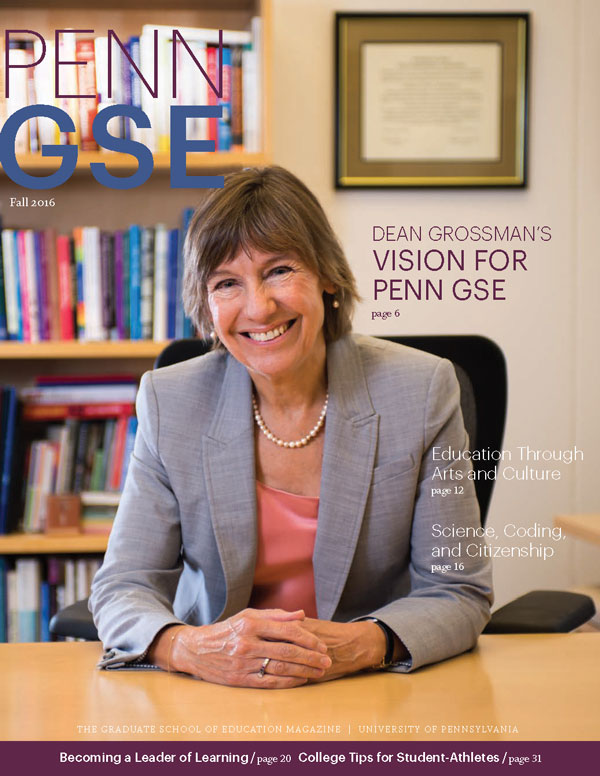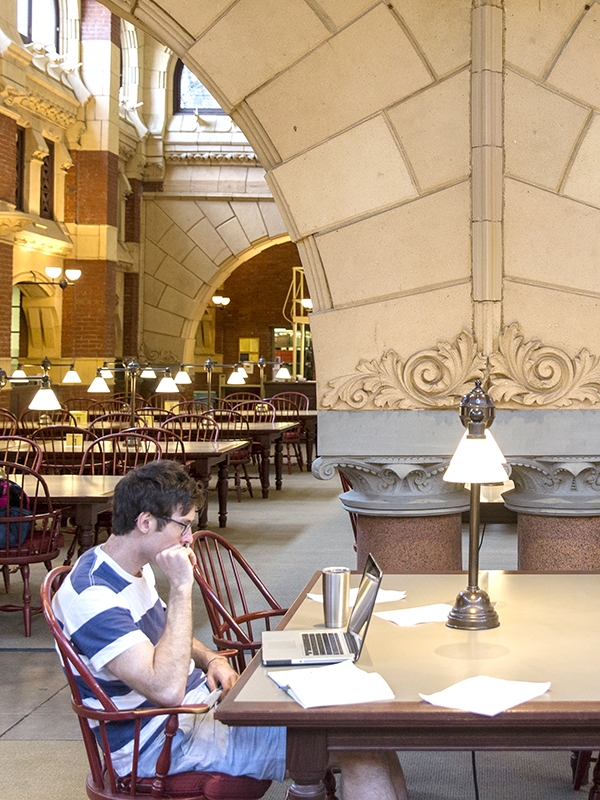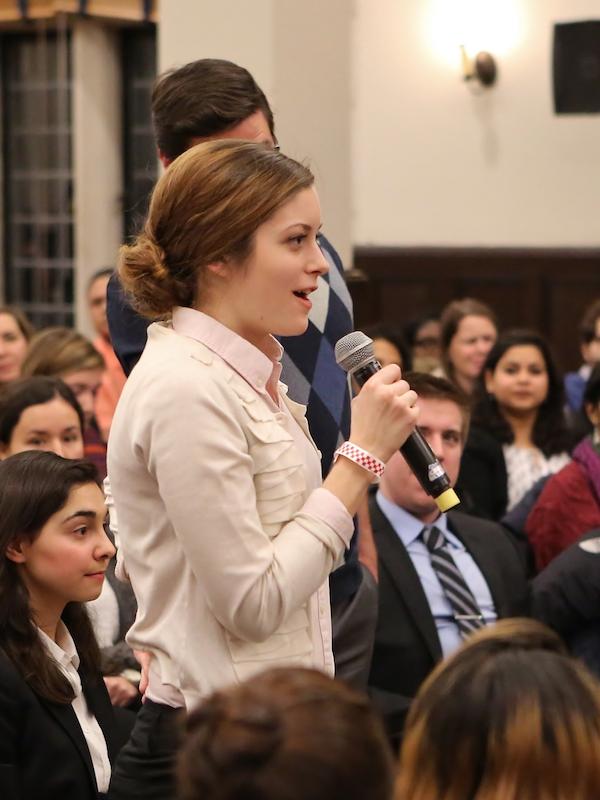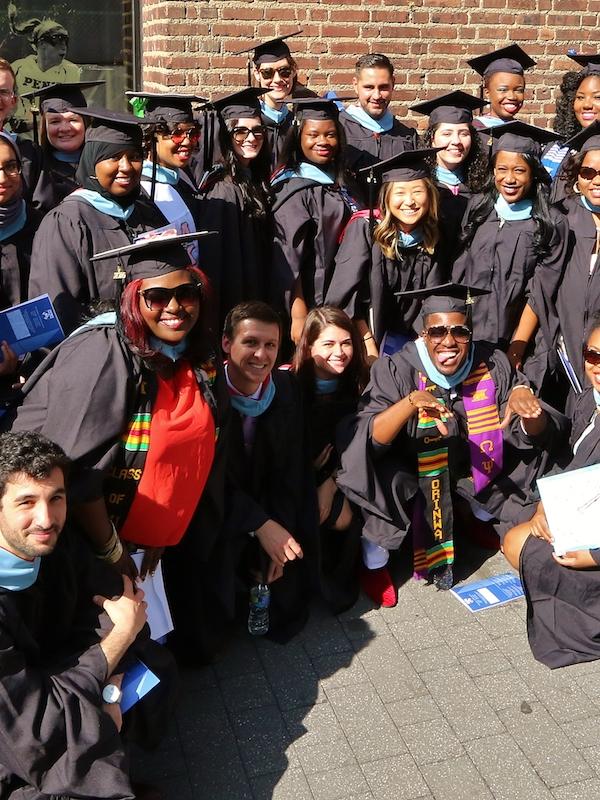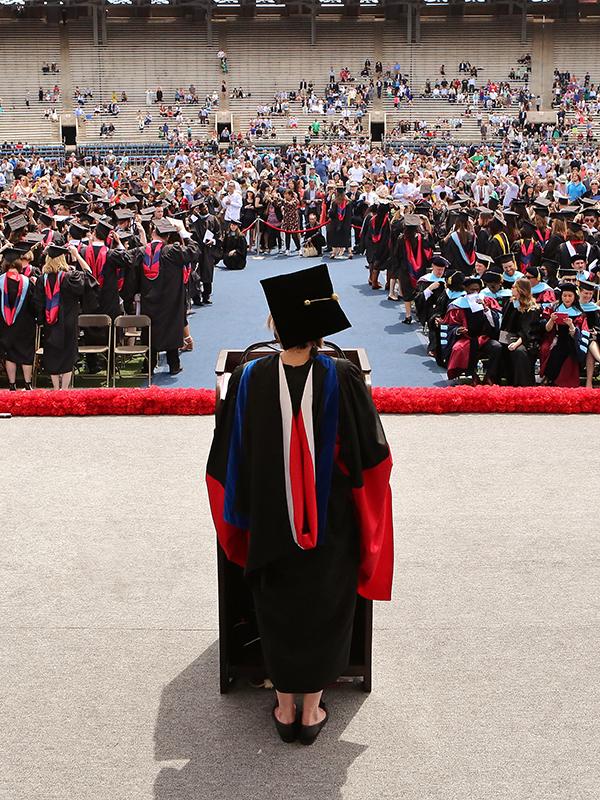Affirming Illustration's Place in American Art
by Susan Cousins Breen
Judy (Alpert) Goffman Cutler, CW’63, GED’64, knows that promoting awareness of an art form means being an educator. Over the course of more than four decades, she amassed the world’s largest collection of American illustration, works created to be reproduced in books, advertisements, periodicals, and other formats. Many of the images are widely recognizable—such as James Montgomery Flagg’s Uncle Sam exclaiming “I Want You,” which first appeared on posters during World War I, and J.C. Leyendecker’s baby ringing in the new year, created for the Saturday Evening Post. But the original paintings and drawings behind the reproductions were not fully understood as art when Cutler began collecting.
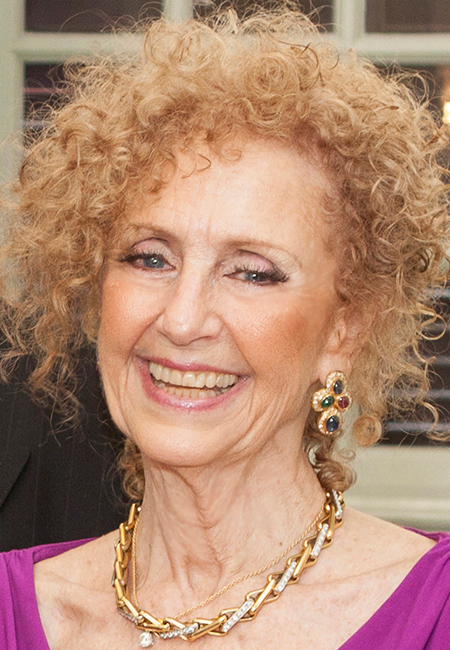
“I soon found myself educating everyone, because in the late 1960s few knew that illustrations they saw in magazines, books, calendars, and the like began as original paintings,” says Cutler. Today, Cutler is an authority on American illustration. She and her husband, Laurence Cutler, C’62, cofounded the National Museum of American Illustration at Vernon Court in Newport, Rhode Island, in 1998. The restored Gilded Age mansion houses Cutler’s unique collection of illustrations primarily from the Golden Age, a period defined as 1895 to 1945.
“Whether it captures a contemporary scene or documents world history, illustration is a byproduct of our culture, as diverse as the lives Americans once lived,” says Cutler, whose career combines her passions for American art and American civilization. “During the Golden Age, it didn’t occur to most members of the public that they were looking at art. This perspective was encouraged by the art world, which at that time refused to classify the paintings as true art.”
“Whether it captures a contemporary scene or documents world history, illustration is a byproduct of our culture, as diverse as the lives Americans once lived.”
Cutler credits Penn GSE with providing the foundation for her early career as a teacher, as well as the skills and perspective to promote appreciation of American illustration. “As my business grew, my degree gave me an advantage when I found myself educating people about the value and meaning of American illustration art,” she says.
The museum includes milestone pieces created by Norman Rockwell, Maxfield Parrish, Charles Dana Gibson, N.C. Wyeth, Jessie Willcox Smith, J.C. Leyendecker, Violet Oakley, and over 150 other luminaries. It offers self-guided and educational tours and a variety of lectures. Cutler believes the deepest learning experience occurs when visitors realize there is something wonderful behind an image they have seen in a publication or on a product.
“When visitors view a painting, they also see the printed version alongside it to show how the masses would have seen the image at the time of its original printing,” says Cutler. “They learn to see the piece as art rather than an advertising tool. Younger people learn about American history and gain perspective of a time they didn’t experience. Older visitors love it because it’s nostalgia. Then it dawns on them: an artist dedicated an immense amount of work to create the painting.”
This article originally appeared in the Fall 2016 issue of The Penn GSE Magazine.

